Cap Rates 101: The Good, the Bad, and the Ugly
Ahh, the cap rate. To hear some investors talk you would think cap rates are the holy grail of real estate investing, and while we won’t argue their importance, we will argue the use of the cap rate as a definitive tool for decision making. Yes, the cap rate is a valuable source of information but it should not form the crux of your investment strategy.
We have seen far too many investors fall victim to what we like to call “cap rate blinders” and wrote this blog post to provide novice and seasoned investors, alike, with a better understanding of what a cap rate is, how it is calculated, and how it can help inform investment strategies.
What is the Cap Rate?
If you’ve spent any amount of time in the commercial investment industry you’ve no doubt heard comments like, “It must be a (insert percentage here) cap or I won’t offer on it,” and, “I only buy at a (insert percentage here) cap.”
It’s true, the cap rate has become the darling of commercial real estate investors and forms an integral part of any competent investment strategy, but what is it exactly?
A cap rate is simply industry short-hand for market capitalization rate, which is the net operating income of a property divided by its asking price:
Cap Rate = Net Operating Income / Asking Price
Looks like easy math, right? It is! The math isn’t the difficult part; the difficulty lies in ensuring the numbers that are used in the equation are reliable. To fully and expertly be able to interpret a cap rate, you must be highly experienced in how income and expenses are calculated and in particular, familiar with the operations of the specific investment you’re evaluating.
How Cap Rates Are Used
The problem with the cap rate is that the numbers used to arrive at the cap rate are variable, and can be easily manipulated. MCRE received an offer once for a property we had listed at a price that we couldn’t understand. The prospective buyer informed us that the price was generated directly from the cap rate calculated from the information we provided. Problem was, try as we might, we could not arrive at the same cap rate as the prospective buyers even using the exact same information. After further discussion, we discovered that they were manipulating the expense numbers (mostly higher) to arrive at their cap rate. That’s completely their prerogative to do so and as you can see, there is rarely one cap rate, but several variations based on the assumptions and biases of those calculating it.
Cap Rate Example
A prospective buyer makes a low offer using their calculated cap rate of 5.25% to contend that our offering price is too high. The parties are less than $50,000 apart but at loggerheads; we ask to review the numbers once again to see if we can find common ground.
Right away, several items jumped out as suspicious. For instance, the costs used for snow removal expenses reflected the costs for a particularly bad winter and were easily $3,000 over their actual cost. We also noticed that some items had been rounded up substantially, including the taxes of $37,900, which has been listed as $40,000—when you’re talking hundreds of thousands of dollars, $2,100 may not seem like much, but it can make a material difference when it comes to evaluating investments. While the total expenses of that particular investment were well over $120,000 a year, capitalizing that amount at their calculated cap rate of 5.25% produced a value of $97,000, which is far more than the amount the parties were at loggerheads over.
The problem, as it turns out, is that we are negotiating over decimal points on a cap rate that is inherently arbitrary rather than looking at the true value to the investor.
Instead of relying solely on the cap rate, look at the cost base, which is a much more definitive judge of the market. Include analysis of lease rates, location, and conditions to formulate your expected value.
There is nothing wrong with cap rates; the problem lies in using such an easily manipulated number to form the crux of your investment analysis. Here is our quick rundown of the good, bad, and ugly realities of cap rates:
Good:
Cap rates are a valuable tool when comparing one investment to another; when the variables used to calculate the cap rate are understood, it can be used effectively as a general guideline for valuation.
Bad:
The number of variables involved in the calculation leaves it open to error and there is ample opportunity to manipulate the numbers to reflect one’s own biases.
Ugly:
When a number is generated by a formula that is fraught with so many components influenced by individual design and motive, it should not be used as an absolute.
Learning More About Cap Rates
For more information on cap rates, check out MCRE’s Investment Cap Rate explainer video starring our very own Steve DeVoe.

